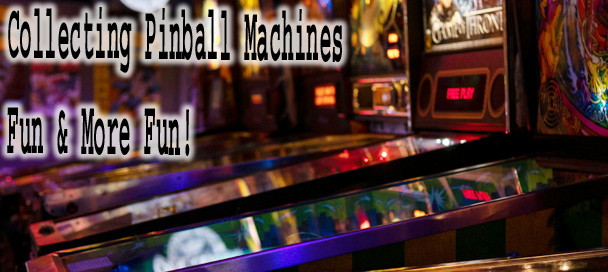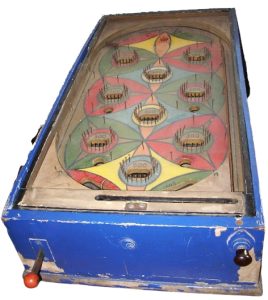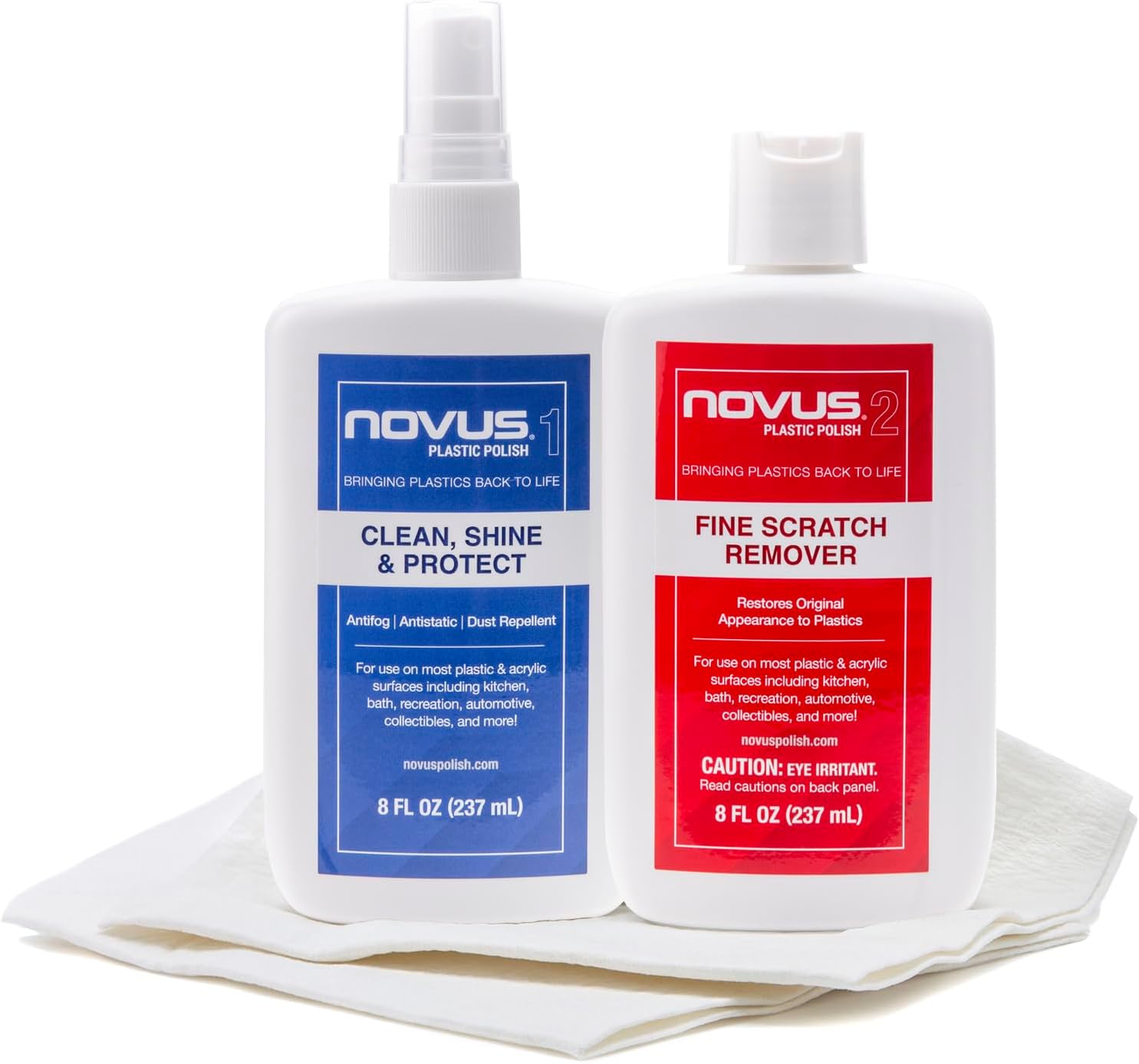🕹️ The Timeless Thrill of Collecting Pinball Machines

For those collecting pinball machines in an arcade lineup .
Collecting pinball machines from the vintage electromechanical to modern LCD-based machines, this guide covers what to know before chasing down your silver ball.
For decades, the clatter of bumpers, flashing lights, and the sound of a silver ball zipping across glass have been the heartbeat of arcades. Collecting pinball machines brings that magic into homes, game rooms, and private collections. These cabinets aren’t just games they’re vibrant works of mechanical art, each one with its own story of innovation, pop culture influence, and design ingenuity.
Collecting pinball machines are more than arcade relics they’re mechanical marvels, nostalgic artwork, and collectible investments. Whether you're eyeing a 1950s electromechanical table or a modern LCD-driven machine, understanding what to look for and how to preserve it makes all the difference. This guide unpacks types, maintenance, sourcing, and valuation for anyone drawn to the silver ball’s pull.
Pinball’s origins trace back to 18th-century parlor games like bagatelle, but it was in the 20th century that pinball became the king of coin-op entertainment. By the 1950s and 60s, electromechanical machines were filling arcades, bowling alleys, and bars, dazzling players with painted backglasses, ringing bells, and mechanical scoring reels. Later, solid-state technology transformed the industry again, ushering in the era of digital sound, multiball play, and elaborate themed designs.
Collecting pinball machines, the appeal of pinball goes beyond gameplay. Each machine represents a slice of history from classic wood-rail cabinets to movie tie-ins like Star Wars or rock-and-roll tributes like KISS. Restoring, displaying, or simply preserving these machines taps into a powerful nostalgia, while also keeping alive a legacy of craftsmanship that continues to inspire both old-school players and new generations discovering pinball for the first time.
🎡 A Brief History of Pinball

An early 1932 pinball game without flippers highlights the origins of collecting pinball machines and the transition from bagatelle to coin-op arcade play
Pinball’s journey begins long before flashing lights and electronic sounds it traces its roots to 18th-century parlor games like bagatelle, where players used cues to shoot balls onto a slanted board of pins. By the early 20th century, American inventors adapted this concept into coin-operated amusement machines, giving birth to the earliest pinball-style games found in bars and arcades.
The 1930s and 40s marked the rise of mechanical pinball, with companies like Gottlieb and Bally introducing spring-loaded plungers, scoring reels, and electrified bumpers. These innovations transformed pinball from a simple game of chance into a skill-based challenge. Yet, the industry faced setbacks some cities banned pinball outright, calling it gambling, a stigma that lingered until bans were lifted decades later.
By the 1970s, the golden age of pinball had arrived. Solid-state technology introduced digital displays, electronic sounds, and complex playfield features like ramps, spinners, and multiball play. This paved the way for themed machines based on blockbuster movies, TV shows, and rock bands. From its humble beginnings as a tabletop diversion to its reign as the centerpiece of arcades worldwide, pinball’s history is a testament to creativity, resilience, and the enduring thrill of collecting pinball machines of the silver ball in play.
🎯 What Makes a Pinball Machine Collectible?
Not every pinball machine holds the same value, and collectors weigh several factors when deciding what’s worth adding to a lineup. The first is theme machines tied to popular movies, bands, or cultural icons often command the most attention. Titles like The Addams Family, Star Wars, and KISS remain hot commodities because they combine pinball engineering with instantly recognizable branding. Original, non-licensed classics from major manufacturers also carry prestige for their innovative gameplay.
Rarity and production numbers are another major factor. Some machines were produced in the tens of thousands, while others had limited runs of just a few hundred. Scarcity makes certain titles highly sought after, particularly prototypes or special editions with unique art or playfield features. Collectors also value machines that introduced breakthroughs like the first multiball games or early digital scoring.
Finally, condition can make or break a machine’s desirability. Pristine playfields with original artwork, cabinets free of heavy wear, and backglasses without flaking or fading are considered prime. Restored machines can still fetch strong interest, but originality usually brings the highest prices. In short, what makes a pinball machine collectible is a mix of nostalgia, design, rarity, and preservation the same qualities that turn a noisy arcade cabinet into a treasured piece of history.
🎨 Design & Playfield Art
One of the greatest appeals in collecting pinball machines is the sheer artistry that went into their design. Pinball has always been more than just a game it’s a visual and tactile experience. The backglass served as the marquee, often hand-painted with dazzling colors, bold lettering, and characters that lured players from across the arcade. From noir-style crime scenes of the 1950s to psychedelic 1970s fantasy worlds, the artwork reflected the culture of its era just as much as it sold the game.
The playfield itself was a canvas of imagination. Artists and designers filled every inch with details: flashing inserts, ramps, spinners, and targets that told a story while guiding the silver ball. Each machine offered a unique landscape, combining mechanical innovation with striking visuals. Games like Fireball (1972) introduced swirling fantasy art, while titles like Medieval Madness (1997) combined humor, caricature, and interactive toys to elevate gameplay.
Collectors today prize machines not only for their rarity but also for the quality and creativity of their design. Original stenciled cabinets, pristine playfields, and vibrant backglasses represent the height of pinball’s artistic tradition. Preserving this artwork is part of the thrill restoring faded colors or displaying a glowing machine in a dimly lit room showcases why pinball design remains one of the most iconic forms of arcade art.
🎮 Who’s Collecting Pinball Machines Today?
The collector base for pinball machines is as diverse as the themes themselves, and many fans chase after the more unusual or daring titles that defined different eras. Machines like Elvira and the Party Monsters (1989) and Scared Stiff (1996) hold a cult following, not only for their campy horror humor but also for Cassandra Peterson’s enduring popularity as Elvira. These titles combine risqué jokes, eerie playfield art, and innovative gameplay making them standout pieces for horror and pop culture collectors alike.
Classic gothic themes also draw serious attention. The Dracula machines particularly Bram Stoker’s Dracula (1993) are sought after for their dark design, moody artwork, and immersive sound effects that capture the gothic spirit. Collectors who gravitate toward horror and supernatural themes often display Dracula alongside other macabre pinball titles, creating eerie centerpiece collections.
Then there’s the risqué and glamorous side of collecting. Bally’s Playboy (1978) remains a conversation starter, with its colorful artwork, cheeky design, and cultural tie-in to Hugh Hefner’s empire. Meanwhile, Charlie’s Angels (1978) appeals to collectors who love TV nostalgia and 70s style, bringing iconic pop culture heroines into the arcade world. For collectors, owning machines like these isn’t just about gameplay it’s about preserving a slice of history that reflects the era’s culture, fashion, and attitude.
📦 How to Store & Maintain Pinball Machines
Owning a pinball machine isn’t just about collecting it’s also about protecting the investment. These machines are large, complex, and filled with moving parts, so proper storage and regular upkeep are essential to keeping them in playable condition.
Storage Environment
When collecting pinball machines they are sensitive to both temperature and humidity. Wooden cabinets can warp in damp conditions, while electronic boards and wiring may corrode in excess moisture. Ideally, store machines in a climate-controlled space, avoiding basements and garages unless they’re fully sealed. Keep them out of direct sunlight to prevent playfield artwork and backglass from fading.
Routine Maintenance
Collectors should clean the playfield regularly with non-abrasive cleaners to remove dirt and preserve the artwork. Flippers, bumpers, and rubbers wear down with play and should be replaced periodically to keep the machine responsive. Lamps and bulbs can be upgraded with LED replacements for cooler operation and longer life. Always check wiring, fuses, and connectors to ensure electronics remain stable.
Preservation & Restoration
For long-term preservation, use a cover or dust shield when the machine is not in use. If restoring, prioritize originality whenever possible original playfield art and backglass designs are key to collector value. Replacement parts are widely available through pinball suppliers and online communities, allowing even older machines to be kept in top shape.
With careful storage and regular care, collecting pinball machines becomes more than a nostalgic pursuit it becomes a way to safeguard arcade history for decades to come.
🛍️ Where to Buy, Sell & Trade Pinball Machines
When collecting pinball machines, the search for a great pinball machine can be as exciting as playing one. The most common starting point is online marketplaces such as eBay, where thousands of machines from project cabinets to fully restored classics are listed. Buyers should pay close attention to photos, descriptions, and shipping options, since these machines are heavy and often require freight services. Specialty websites like Pinside.com also have active marketplaces where enthusiasts buy, sell, and trade.

The Pinball Hall of Fame sign in Las Vegas stands as a landmark for enthusiasts, celebrating the culture of collecting pinball machines and arcade history
Pinball conventions and expos are another excellent option. Events like the Texas Pinball Festival and Midwest Gaming Classic bring together collectors, vendors, and restorers. Here, you can test machines in person, compare prices, and meet other collectors who might have rare models for sale or trade. Local arcade auctions also pop up from time to time, offering bulk lots from closed game rooms and amusement companies. Kilroy Was Here in Southwest Iowa occasionally showcases restored pinball classics.
For those looking to experience a wide variety of machines, the Pinball Hall of Fame in Las Vegas is a must-visit. It’s home to one of the largest playable collections of pinball machines in the world, spanning from early electro-mechanical games to modern digital cabinets. While it’s not a direct marketplace, it’s an invaluable place to learn what titles you enjoy most before hunting for your own machine.
Finally, antique shops, specialty pinball retailers, and regional collectors’ groups often have hidden gems. Networking through Facebook groups and forums can lead to private deals that never make it to public listings. Whether online or in person, the hunt for the next machine is a big part of the joy of collecting pinball machines.
Closing Reflection
Collecting pinball machines endures because it preserves a tactile experience that digital games can’t replicate the weight of the flippers, the clatter of the ball, the glow of real lights under glass. Each machine is a piece of cultural memory, tied to the arcades and diners where generations gathered. Beyond nostalgia, well-kept machines also hold value as functional art and long-term investments for serious collectors.
✨ NOVUS Plastic Polish Kit – Protect Restore Your Pinball Investment

NOVUS Plastic Polish Scratch Remover Kit
Keep your machines shining like new with this complete NOVUS kit perfect for collecting pinball machines and maintaining plastics, shields, and playfield protectors. With three essential products in one pack, this kit removes fine scratches, restores shine, and protects your investment from dust, fog, and wear.
- Kit Includes: NOVUS #1 Plastic Clean Shine (8 oz), NOVUS #2 Fine Scratch Remover (8 oz), Polish Mates disposable towels
- Features: Anti-fog, anti-static, dust repellent properties
- Use On: Pinball playfield plastics, motorcycle shields, auto interiors, boats, planes, and more
- Compact Size: Fits easily into a tool bag, glove compartment, or carrying case
- Perfect For: Protecting and restoring plastics while collecting pinball machines
This polish kit is trusted by hobbyists worldwide, making it a must-have for anyone serious about collecting pinball machines and keeping their machines display-ready.
🔎 Further Reading & Resources
📖 Read: Pinside – Collecting Pinball Machines Community & Marketplace
🔍 Explore: Internet Pinball Database for Collecting Pinball Machines – Machine Archive

ML Lamp is the owner of Kilroy Was Here. After his 20 years of working in Las Vegas in the entertainment promotions field, Mr. Lamp retired in 2002 from his job to pursue his passion for collectibles. Now as a guest speaker and author he’s living the dream, and sharing his warmth with You.





